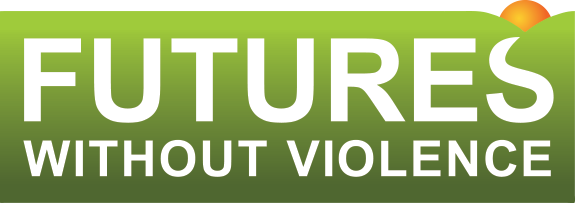The Accidental Public Speaker: Moving Through the Anxiety to Deliver an Impactful Speech
Title: The Accidental Public Speaker: Moving Through the Anxiety to Deliver an Impactful Speech
Date: Wednesday, July 10, 2024
Diapositivas de PowerPoint (Español)
Accidental Public Speaker Toolkit (English) and (Español)
Recording w/ ASL and Spanish Interpretation
Note: the PowerPoint slides in the recording are in Spanish. Please download the English PowerPoint slides to view along with the recording.
Presenter: Aaron Polkey, Futures Without Violence
Hosts: Abby Larson and Kennedy Brooks, Futures Without Violence
Description:
Have you been called on to speak publicly at an event but found yourself too nervous or scattered to engage the audience effectively and get your point across?
Are you seeking strategies to manage this anxiety and boost your confidence when speaking on gender-based violence and other relevant issues?
Have you ever wanted to learn how to craft clear and compelling messages that resonate with diverse audiences?
Join us for an engaging webinar where we’ll explore these questions together. Through interactive discussions and practical exercises, you’ll gain some of the tools you need to deliver a powerful speech and drive positive change in gender-based violence prevention and community engagement.
Learning Objectives:
As a result of this webinar, participants will be better able to:
- 1. Reflect on nonverbal communication skills, including body language, gestures, and vocal tone, to convey empathy, confidence, and expertise effectively.
- 2. Employ practical strategies and techniques to manage anxiety and nervousness associated with public speaking.
- Deliver clear and impactful presentations while demonstrating composure and effectively engaging with the audience.
Questions? Please contact Kennedy Brooks at learning@futureswithoutviolence.org
This project was supported by Grant No. 15JOVW-22-GK-03994-MUMU awarded by the Office on Violence Against Women, U.S. Department of Justice. The opinions, findings, conclusions, and recommendations expressed in this document are those of the author(s) and do not necessarily reflect the views of the Department of Justice, Office on Violence Against Women.


